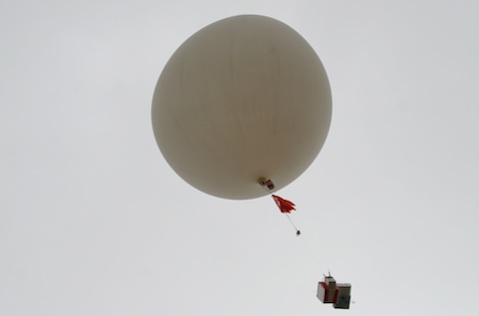
Twice a month, scientists send weather balloons into the air to collect data about the atmosphere, from the ground all the way up to the darkness of near space. Many gathered for the launch of last week’s balloon, which marked 30 years of NOAA water vapor measurements in Boulder.
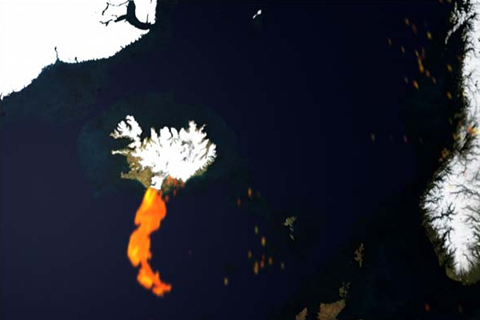
Iceland’s Eyjafjallajökull Volcano roared to life on April 14, 2010, injecting billowing clouds of steam and volcanic ash into the atmosphere.
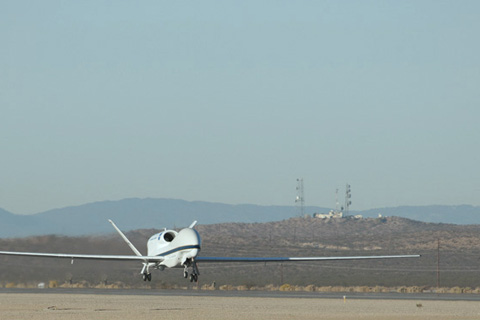
The Global Hawk research aircraft soars to hard-to-reach areas of the atmosphere to collect samples of trace gases and chemicals. Find out just how high the Global Hawk flies.

Curiosity is a cruel master, says Dave Bertelsen. Over the past 25 years, he has hiked over 12,000 miles through a desert canyon, just to see what was blooming. He found a few surprises along the way.

In the summer of 2009, sea ice receded to its third-smallest area in recorded history. The reduced sea ice cover in the Arctic allowed an international group of scientists to study areas of the ocean that they have never been able to reach before.
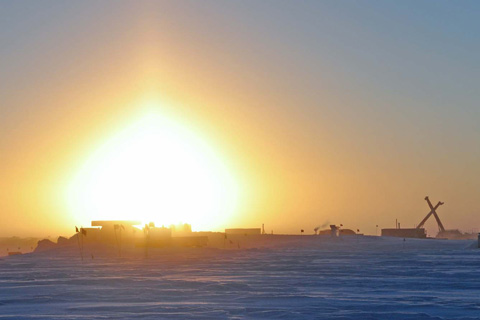
As the sun sinks below the horizon at the South Pole, NOAA researchers stationed at the bottom of the world settle in for six months of darkness. Throughout the Antarctic winter, the researchers will collect air samples to help maintain long-term records of trace gases, aerosols, and solar radiation.

Across the contiguous United States, more than a third of the land has an above-average risk of flooding this spring, according to an announcement issued on March 15 by NOAA’s National Weather Service.
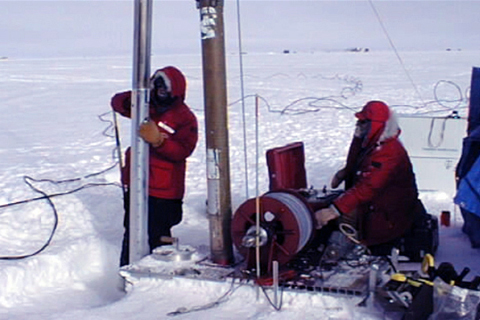
Despite efforts to reduce emissions of a HFC-23, a potent greenhouse gas, research shows that concentrations of the compound have increased in recent years.
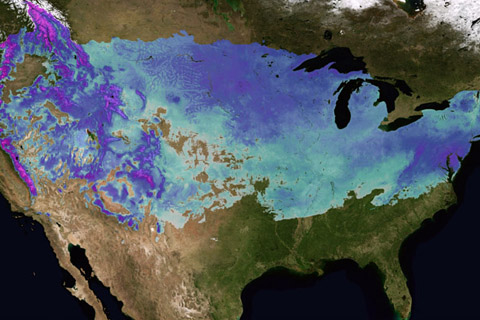
In early February, two weather systems brought record snowfalls to Washington, D.C., and other parts of the U.S. mid-Atlantic region. At the same time, organizers of the 2010 Winter Olympics in British Columbia, Canada, were dealing with a deficit of snow.

NOAA researchers have built a "time machine" for weather that provides detailed snapshots of the global atmosphere from 1891 to 2008. The system's ability to "hindcast" past weather events is emerging as a powerful new tool for detecting and quantifying climate change.